Double pulse test applied to an imperix power module
Double pulse testing is a widely utilized method to evaluate the switching behavior of power semiconductor devices, such as MOSFETs and IGBTs, as well as…
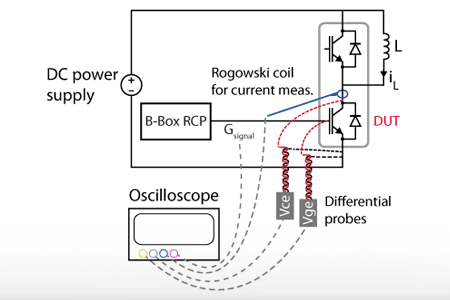
Double pulse testing is a widely utilized method to evaluate the switching behavior of power semiconductor devices, such as MOSFETs and IGBTs, as well as…

The TPI SB-PWM helper block is a wrapper that simplifies the use of the SB-PWM block with the all-in-one programmable inverter (TPI8032 22kW). The TPI…

The angle generator block contains a counter that continuously outputs the current value of the angle, wrapped between the chosen lower and upper limits, with…
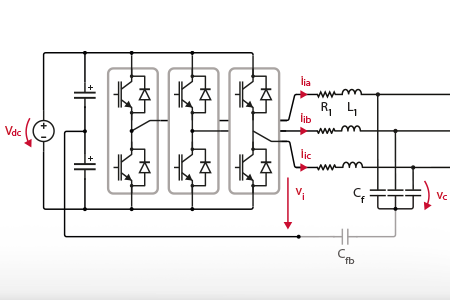
This article introduces an example of Finite Control Set Model Predictive Control (FCS-MPC) for an LCL-filtered voltage-controlled inverter. The proposed control implementation is derived from…
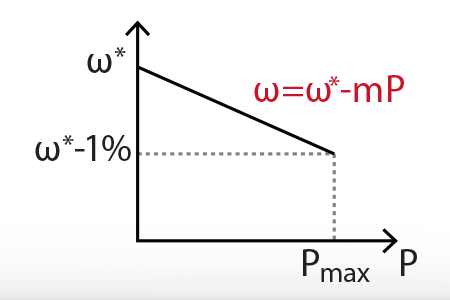
Droop control algorithms are utilized to wirelessly regulate the power-sharing among grid-forming inverters (GFMIs) in microgrids, regardless of whether they operate in standalone or grid-connected…
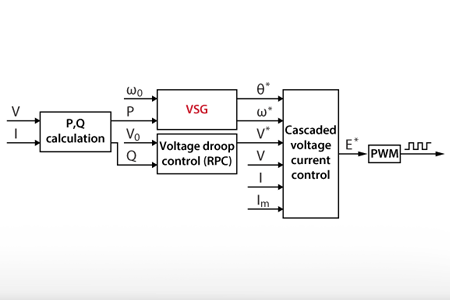
This article explains why the lack of inertia in grid-forming inverters can impact the grid and how to alleviate the issue with a virtual synchronous…
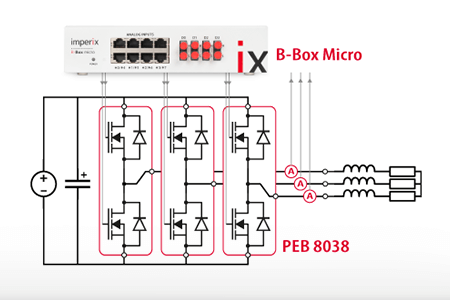
This page delivers getting-started information for individuals new to operating the B-Box Micro. As a practical use case, a generic open-loop three-phase inverter application is…
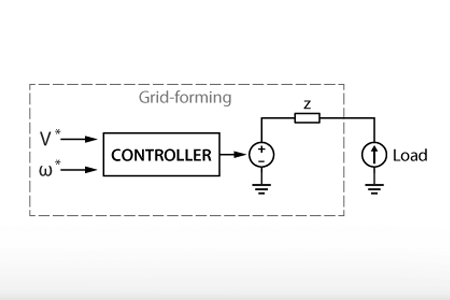
This technical note showcases an implementation example featuring the programmable inverter TPI 8032, operated as a Grid-Forming Inverter (GFMI). It provides a concise overview of…
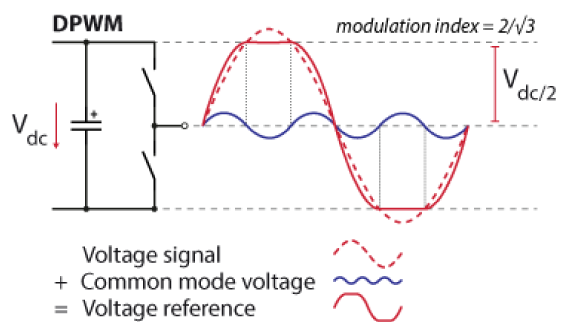
Unlike continuous PWM, where the pulse width is modulated throughout the entire switching cycle, Discontinuous PWM introduces breaks or gaps in the modulation process. These…
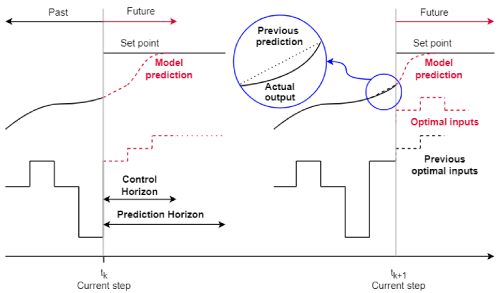
This article aims to explore the Model Predictive Control (MPC) methodology in-depth, focusing on its operational principles, classification, and comparative analysis with conventional PID-based control….
End of content
End of content